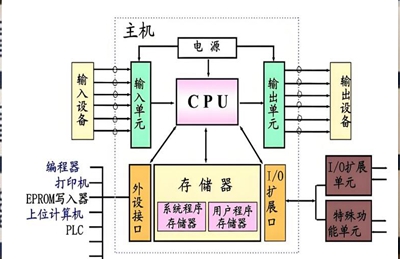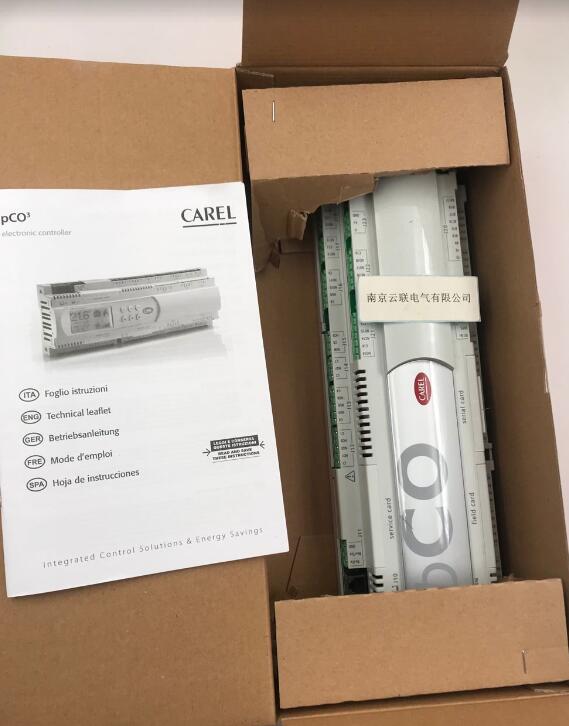Programmable Logic Controller (PLC): The Core Strength of Industrial Automation
In today’s increasingly automated industrial field, Programmable Logic Controller (PLC) is undoubtedly the core force. It is a digital operational electronic system specifically designed for industrial environments, playing a crucial role in automated production processes.
PLC has high flexibility and programmability. It adopts storage logic and implements various control functions through software programming, which can easily adapt to different production processes and flow changes. For example, on the automobile manufacturing production line, when it is necessary to adjust the vehicle model or production pace, only the PLC program needs to be modified without making large-scale hardware changes, which can quickly reconfigure the production line and greatly improve the flexibility and efficiency of production.
The reliability of PLC is extremely high. It adopts redundant design, anti-interference measures, and perfect self diagnostic function, which can operate stably in harsh industrial environments such as high temperature, humidity, strong electromagnetic interference, etc. Compared with traditional relay control systems, PLC reduces a large number of mechanical contacts and wiring, lowers the probability of faults, prolongs the service life of the system, effectively reduces equipment downtime, and ensures production continuity.
Data processing and communication capabilities are also major advantages of PLC. It can collect various data in real-time during the production process, such as temperature, pressure, speed, etc., and analyze and process them. These data can not only be used to monitor the production process, but also provide a basis for optimizing the production process. At the same time, PLC supports multiple communication protocols, making it easy to communicate with other devices, achieve upper computer monitoring, remote control, and integration with other automation systems, and build a complete automated production network.
In addition,
PLC also has a good human-computer interaction interface. By connecting touch screens, industrial computers and other devices, operators can intuitively monitor the production process, real-time understand the operating status of the equipment, set parameters and diagnose faults, making operations more convenient and efficient, and reducing the technical requirements for operators.


